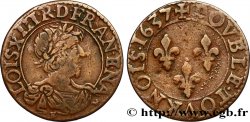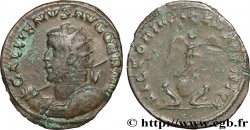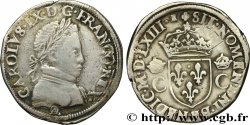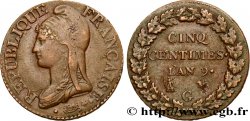Live auction - bry_459543 - LOUIS XIII Demi-franc, 16e type 1641 Grenoble
Чтобы принять участие в торгах, вы должны войти в систему и стать подтвержденным участником аукциона. Войдите, чтобы сделать ставку. Ваш аккаунт будет подтвержден в течение 48 часов. Не ждите до закрытия торгов, чтобы зарегистрироваться.Сделав ставку на данный товар, вы вступаете в юридическое соглашение на покупку выбранного товара и нажатием кнопки «Сделать ставку» подтверждаете принятие вами условий интернет-аукционов cgb.fr.
Ставка может бить сделана только в полном эквиваленте евро. Торги закроются согласно времени, указанному в описании товара, все ставки, сделанные после закрытия торгов, учитываться не будут. Не следует откладывать предложение вашей ставки до последнего момента, так как система может не успеть обработать вашу заявку, и ваша ставка не будет принята. Более детальную информацию вы найдёте здесь: FAQ по интернет-аукционам.
Все ставки победителей подлежат комиссии 18%.
Все ставки победителей подлежат комиссии 18%.
| Оценить : | 2 700 € |
| Цена : | Нет ставки |
| Максимальная предлагаемая цена : | Нет ставки |
| Конец торгов : | 12 December 2017 15:39:30 |
Тип Demi-franc, 16e type
Дата: 1641
Монетный двор / Город: Grenoble
Металл: silver
Проба: 833 ‰
Диаметр: 27,5 mm
Ориентация осей монеты: 2 h.
Вес: 7,00 g.
Редкость: R3
Комментарии о состоянии
Ce demi-franc est frappé sur un flan assez large et irrégulier présentant un éclatement. Faiblesse de frappe au niveau des motifs centraux
Происхождение:
Exemplaire provenant de la vente Parsy, 9 octobre 1997, n° 177
Лицевая сторона
Аверс: легенда: + LVDOVICVS. XIII. D. G. FRAN. ET. NAV. REX.
Аверс: описание: Buste de Louis XIII à droite, lauré, cuirassé et drapé avec un col plat.
Аверс: перевод: (Louis XIII, par la grâce de Dieu, roi de France et de Navarre).
Обратная сторона
Реверс: легенда: (ANCRE) SIT NOMEN DNI BENEDICTVM 1641.
Реверс: Описание: Croix fleuronnée avec en cœur une L.
Реверс: перевод: (Béni soit le nom du Seigneur).
Комментарий
Ce type monétaire, particulièrement rare et sans différent d’atelier, est attribuable à l’atelier de Grenoble en raison de la présence d’une ancre en début de légende du revers, différent de Pierre Ferté. Ce demi-franc particulier, a été gravé à partir de poinçons réalisés par le graveur général Darmand Lorfelin et qui furent déposés au greffe de la Cour des monnaies le 21 janvier 1641 (AN, Z1b 348A). Au sujet des émissions grenobloises de la fin du règne de Louis XIII, se reporter à l’important article de Christian Charlet publié dans la Revue Numismatique de 1990.
This coin type, particularly rare and without mint mark, is attributable to the Grenoble mint due to the presence of an anchor at the beginning of the legend on the reverse, different from Pierre Ferté. This particular half-franc was engraved from punches made by the general engraver Darmand Lorfelin and which were deposited with the registry of the Cour des monnaies on January 21, 1641 (AN, Z1b 348A). On the subject of the Grenoble issues from the end of the reign of Louis XIII, refer to the important article by Christian Charlet published in the Revue Numismatique in 1990
This coin type, particularly rare and without mint mark, is attributable to the Grenoble mint due to the presence of an anchor at the beginning of the legend on the reverse, different from Pierre Ferté. This particular half-franc was engraved from punches made by the general engraver Darmand Lorfelin and which were deposited with the registry of the Cour des monnaies on January 21, 1641 (AN, Z1b 348A). On the subject of the Grenoble issues from the end of the reign of Louis XIII, refer to the important article by Christian Charlet published in the Revue Numismatique in 1990







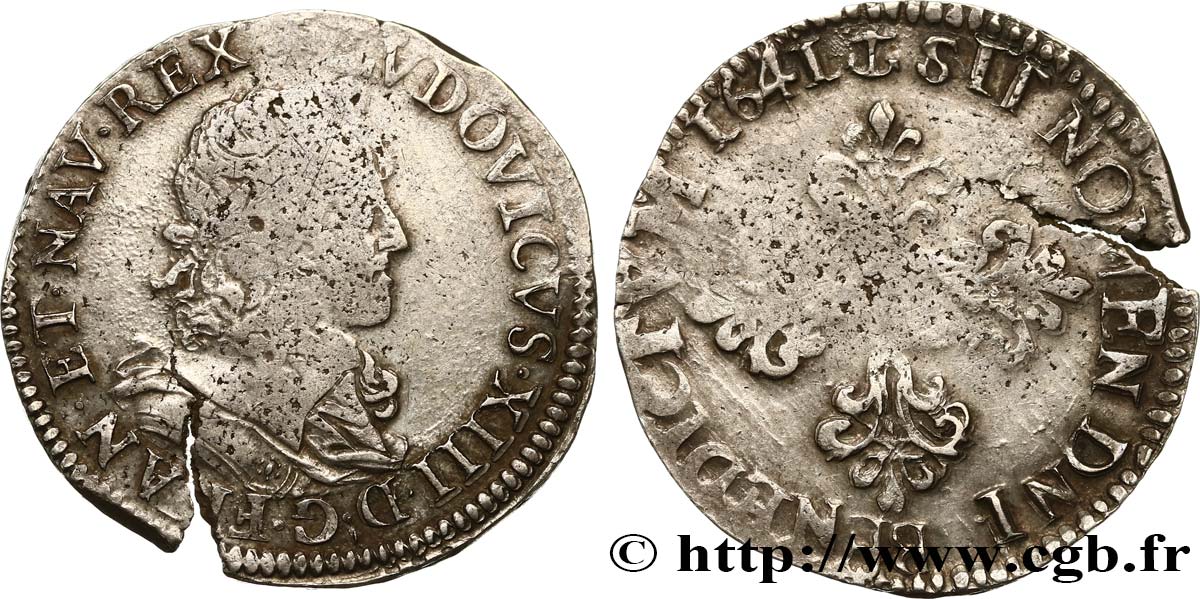
 Cообщить об ошибке
Cообщить об ошибке Распечатать страницу
Распечатать страницу Отправить мой выбор
Отправить мой выбор Задать вопрос
Задать вопрос Consign / sell
Consign / sell
 Информация
Информация
